In 2017, Gary Brozenich told us about the visual effects work for Pirates of the Caribbean: Dead Men Tell No Tales. He then took care of the VFX on All the Money in the World, Maleficent: Mistress of Evil and The Last Duel.
How did you get involved on this show?
I met first with Lorenzo DB to be initially vetted. I really liked him and could see from his deep passion for the franchise where the success stemmed from. I then met Steven and we clicked. I could see he had a vision for the direction of the story here and I really wanted to help him get it on the screen.
What was your feeling to be enter in this iconic universe?
A lot of history here to both feed off of and to live up to. Transformers 1 was one of two movies that clinched my interest to make VFX my life’s pursuit. The quality and creativity they brought to that first film blew my mind. It was that magic combination of artistry, visual innovation, unique director vision and technology that truly tilted the axis of the industry at the time. So for me to step into the VFX Sup role was both a real honour and mildly daunting all at once.
How was the collaboration with the Director Steven Caple Jr.?
Steven was a great director and collaborator to work with on this phase of the franchise. He has a crazy encyclopedic knowledge of 20th and 21st century films, television, episodic series. There was a lot going on in there and respecting that collected knowledge and his ability to convert that to talking fighting robots made the experience a lot more fun as well.
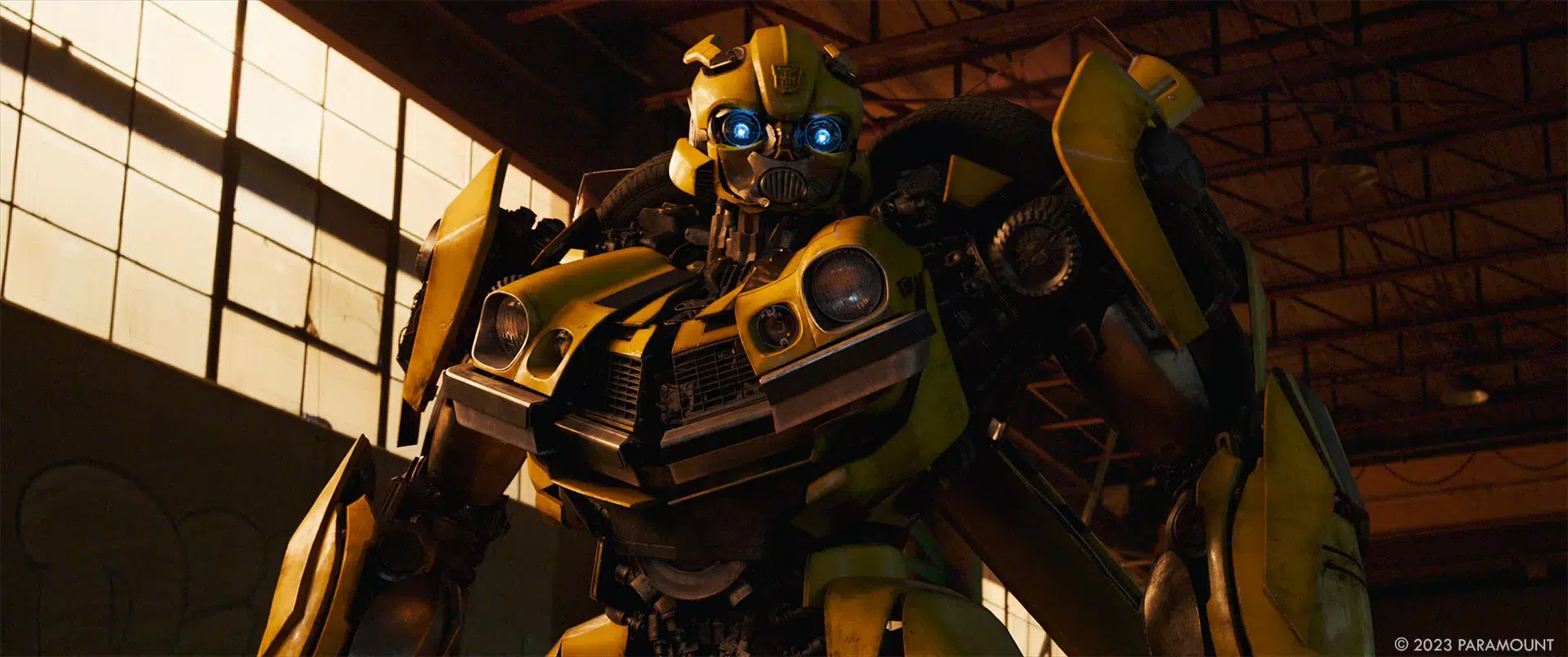
What was their approach about the visual effects?
This was his first tentpole film and real experience with heavy VFX spectacle film making. He never let that get in the way and he approached it all with an open mind and a desire to find his path and voice with the medium. He knew where his strengths were and we found a great way to share the load with the rest. Film making is a collaboration and the best directors know how to get the best from their crews. That’s his strength.
What are the main changes he wanted to make compared to previous Transformers films?
He was looking for a few key things that were important to him. One was that he wanted depth and clarity of character for the Autobots that lent them some added complexity that they didn’t always get in previous films. Second he wanted visual clarity in the action scenes and fights so the audiences could track the action and the stories buried in the action. A lot of reviews have noted that as a (largely) positive shift and it was a deliberate move by Steven.
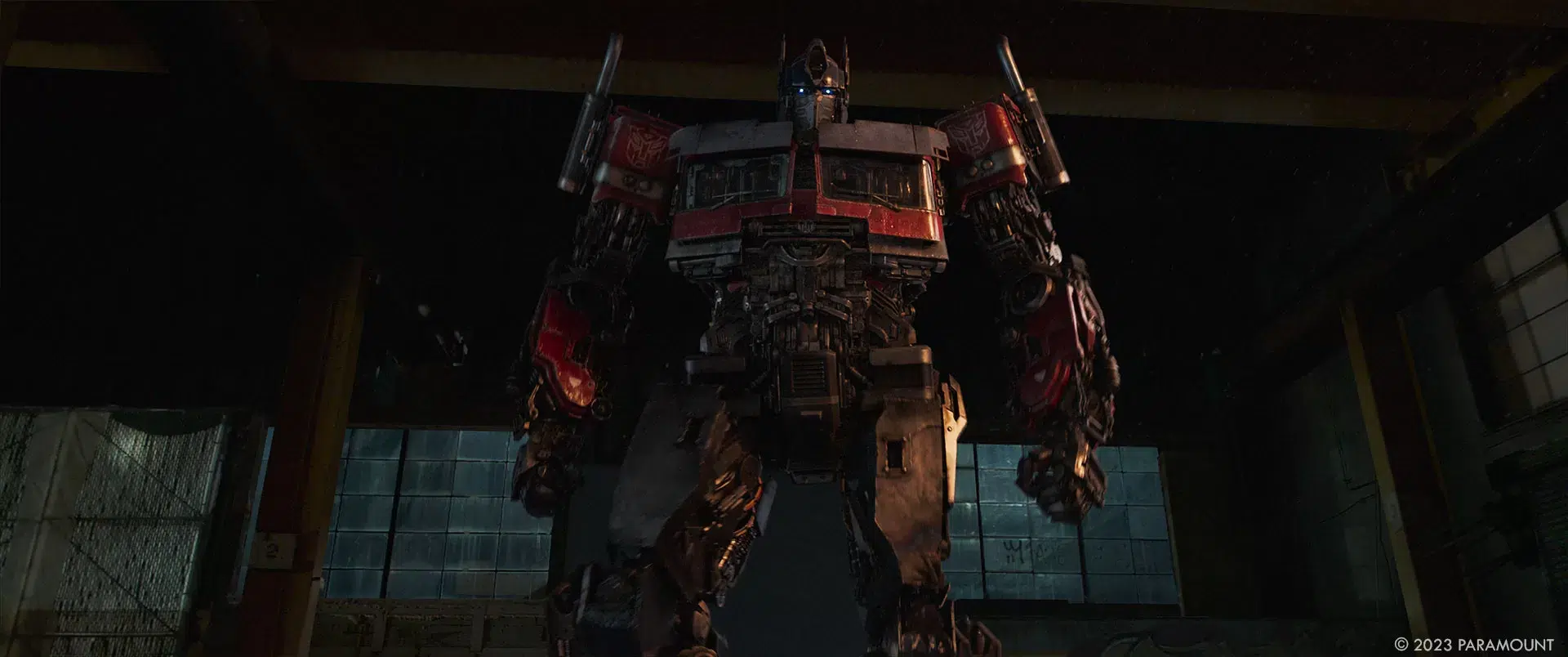
How did you organize the work your VFX Producer?
Chantal Feghali was the VFX Producer with me on the film. She’s a very experienced and longstanding figure both with DB Pictures and Paramount and knew a lot of the executives and producers for years. That was a huge benefit for me as we had a lot of challenges to overcome as a production and a VFX department from the outset. One of the less mentioned mountains to climb in the making of this film, but had a massive impact on how we approached so much of it, was the pandemic. Our production schedule and plan was spread throughout each twist and turn of the of the worlds reaction to the tragedies and discoveries and we had to be a nimble team to navigate that. That meant that for large parts of production we were dividing and conquering on several fronts on several continents and we found a great balance over time in a very rapidly changing landscape. Her experience of navigating that world made it possible for me to focus on the biggest tasks I had in front of me.
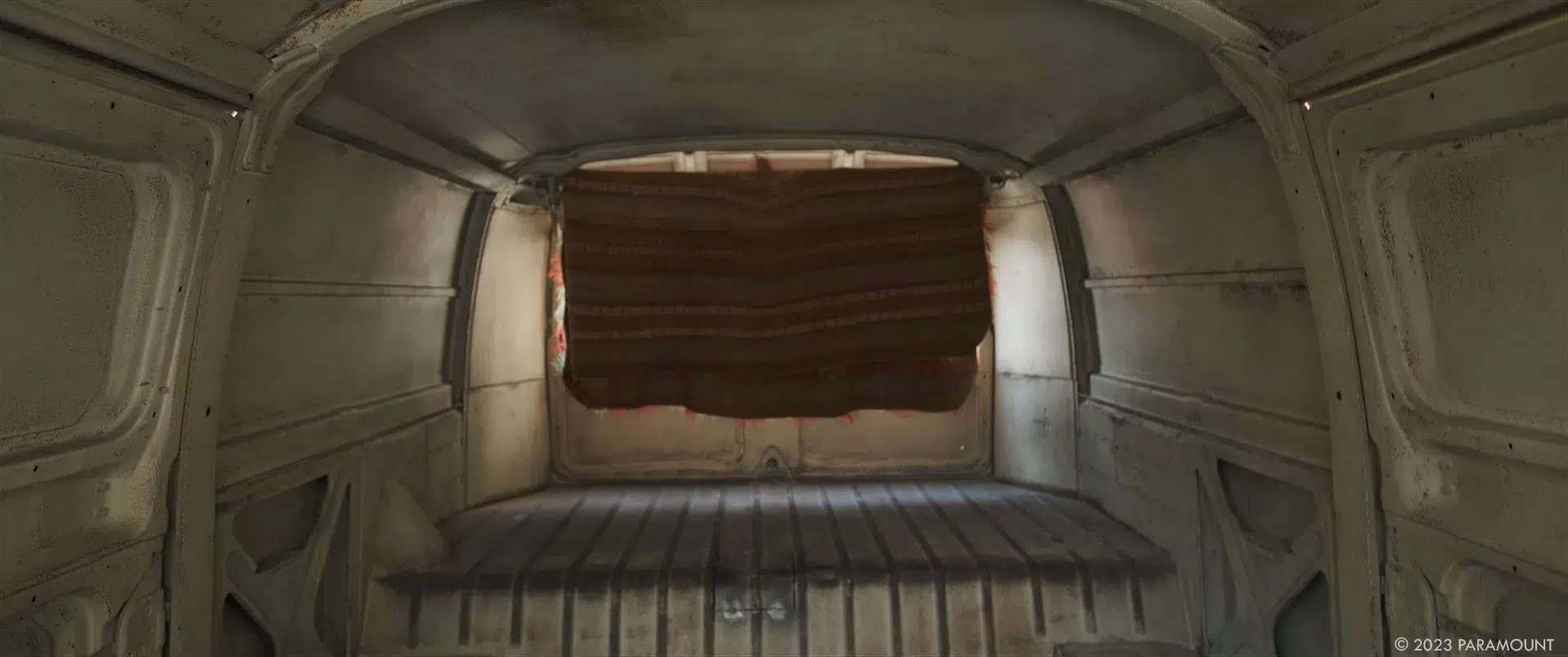
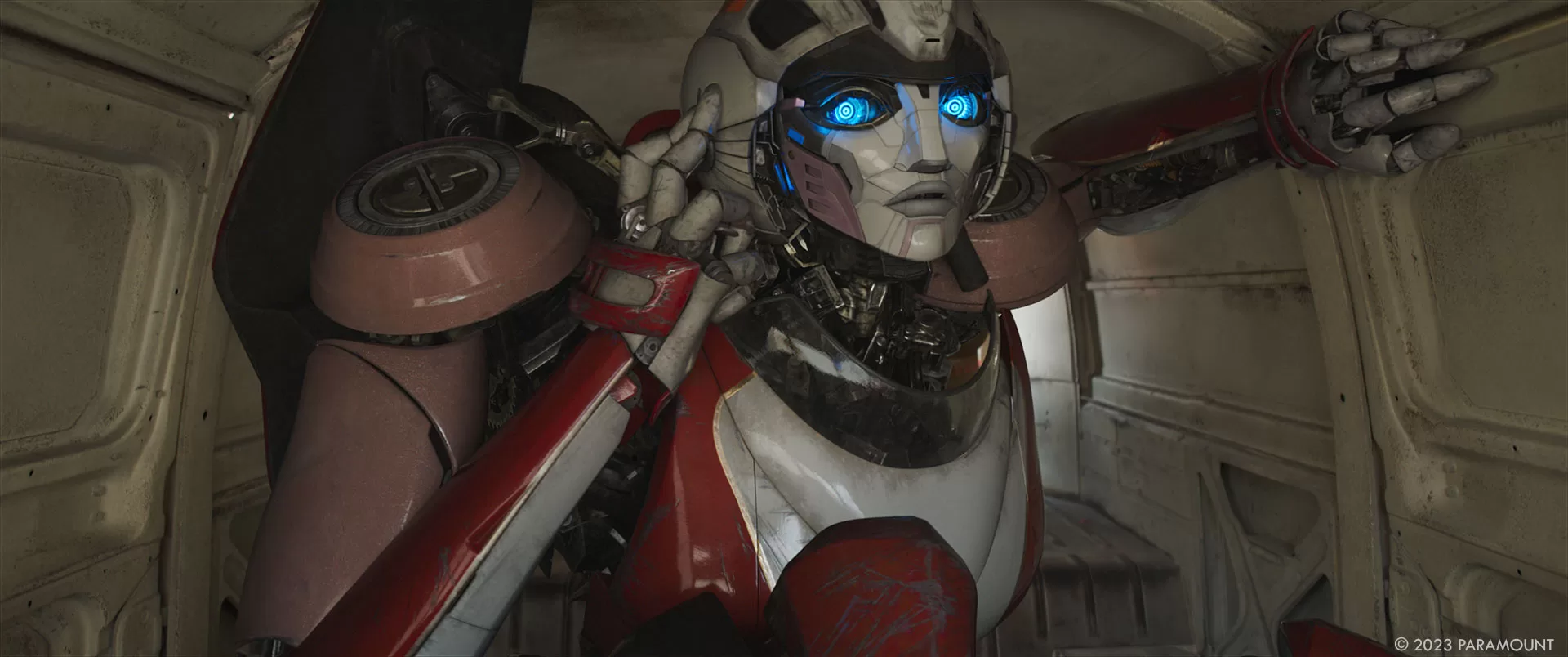
How did you choose the various vendors?
I came at the show with MPC as a sole vendor but the aforementioned landscapes shifting, both international politics and creative direction allowed us to bring Weta FX on board later in the game to help us with a lot of heavy lifting. Ultimately, the split between Weta and MPC was a great combination for the film. In addition, we had an in house team of some of Bay’s guys, Jerry and Nick, that did a huge amount of inhouse work and Onyx chimed in for the last push for both straightforward comp work and some full CG environments that snuck up on us last minute.
Can you tell us how you split the work amongst the vendors?
In simple terms Weta did the Cold Open and end battle and MPC did the rest of the film with the exception of the smaller in house and Onyx work previoulsy mentioned. About a 1/3-2/3 split in the end with MPC doing the bulk. including the creation of all but one robot asset and all buit oine environment. Thats not diminishing Weta at all as they picked up some of the most complex scenes in the film with a lot less time on their side.
The vendor Supervisors-Richard Little, Carlos Caballero Valdés, Emile Ghorayeb and Omar Morsy at MPC were unceasing in their commitment and creative contributions. They covered all of the shot with me in Montreal, NYC, Iceland and Peru. Rich and Carlos each did stints on 2nd units Supervising set and Emile brought a lifelong passion for the franchise, the lore and the animation approach. Omar helped us bring it home from within the facility.
On the Weta side Matt Aitken and Mike Perry led the teams to deliver very challenging visual concepts to the screens in what was ultimately two almost entirely CG scenes that bookend the film. A real achievement. Kevin Estey delivered as the Animation Supervisor and made the transition of characterization between vendors nearly seamless.
We were very lucky with our teams.
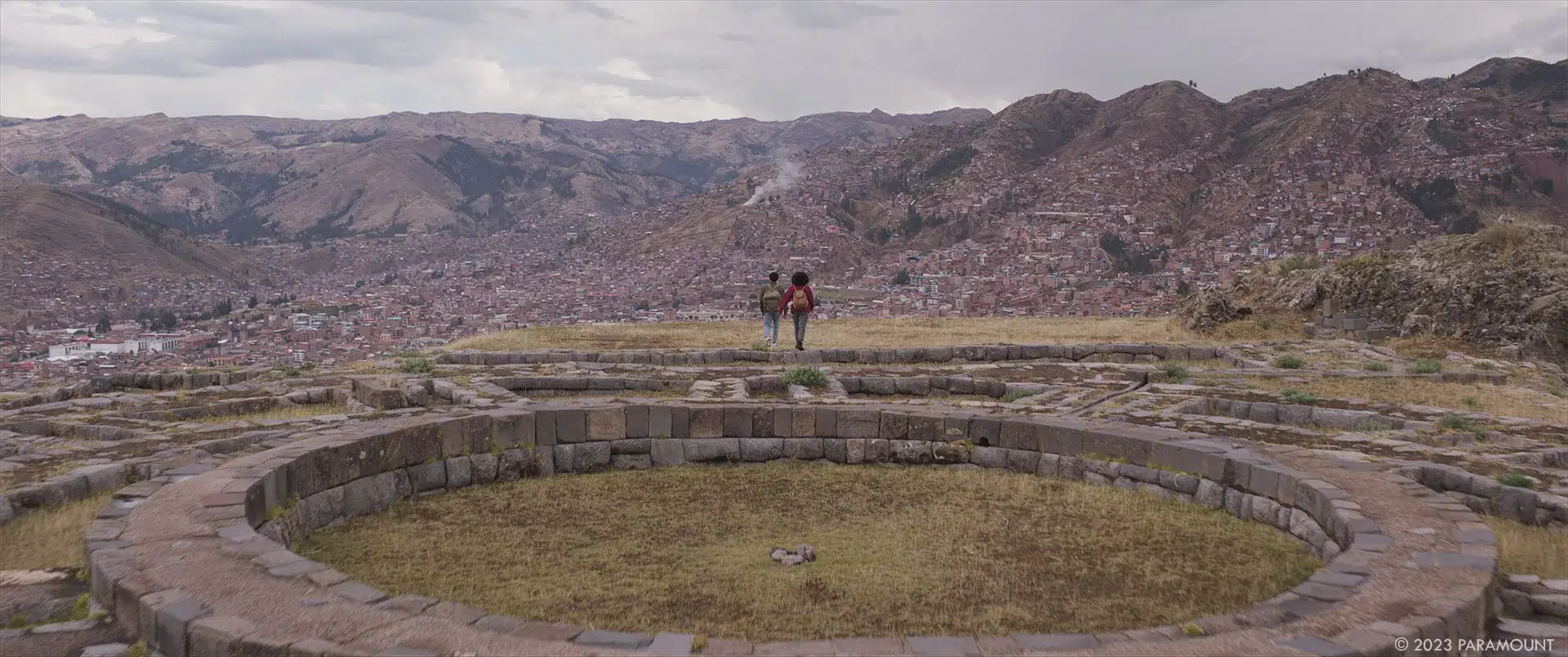
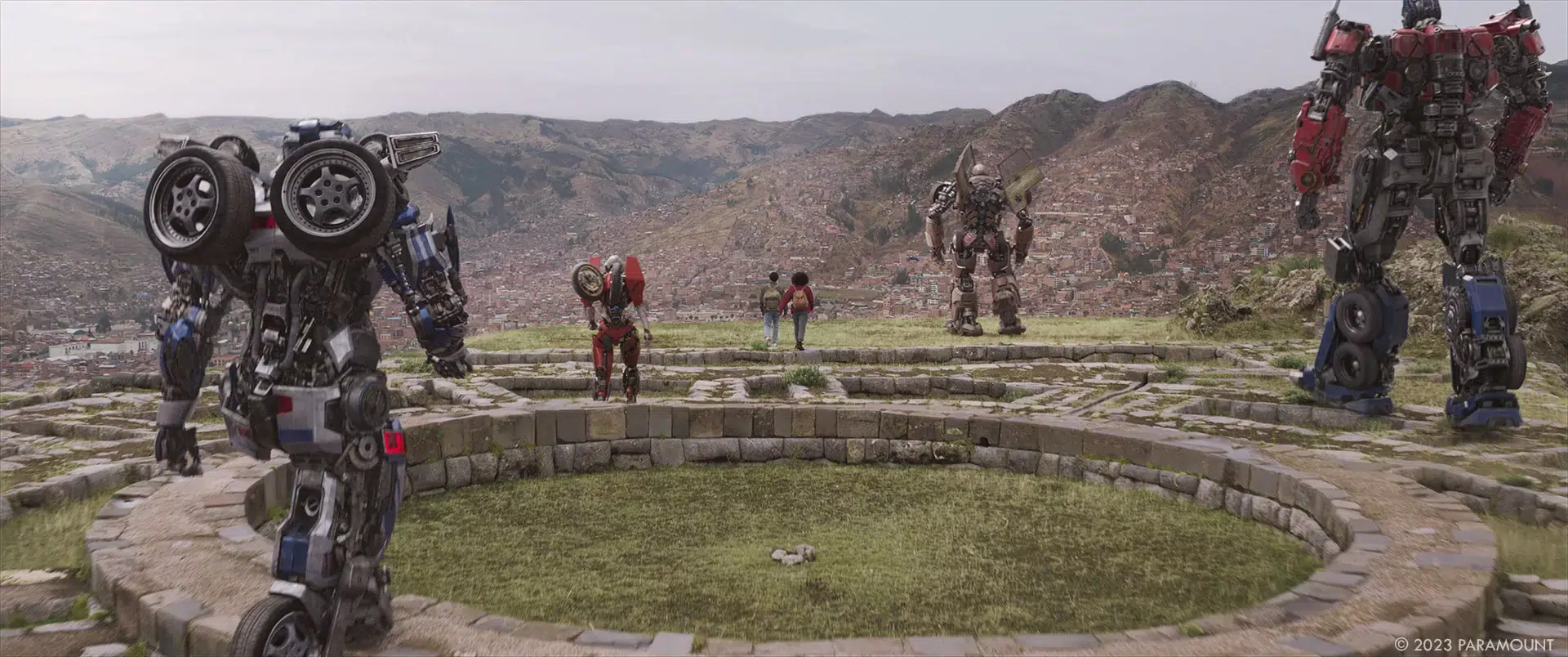
How did you work with the art department for the design of the new Transformers?
Sean Haworth was the Production Designer and a long time Transformers veteran. He knew the characters, the process and luckily he is also a bit of a VFX nerd so the dialogue was super clean between us. He’s also a great guy! That all made a major difference.
Can you elaborates about their creation?
There is always a gap between a drawing and a fully functioning, walking and talking creature or character. If you add that these ones have to shape shift mechanically between a car or an animal into a bipedal walking talking personality that you need to like and want to engage with it adds a whole next level to that creation process. There was a comprehensive period of adjustment during production and post to find the least intrusive and frankly coolest design changes we could do to accommodate those needs. Simple things like a wing mirror or a panel may make it difficult to do overs for dialogue scenes or that an oversized chest piece may make it hard to see a robots face when you are largely looking up at them. We attacked each issue as it came up and MPC took a very flexible approach to the asset construction process to weed these out on the fly as we created shots.
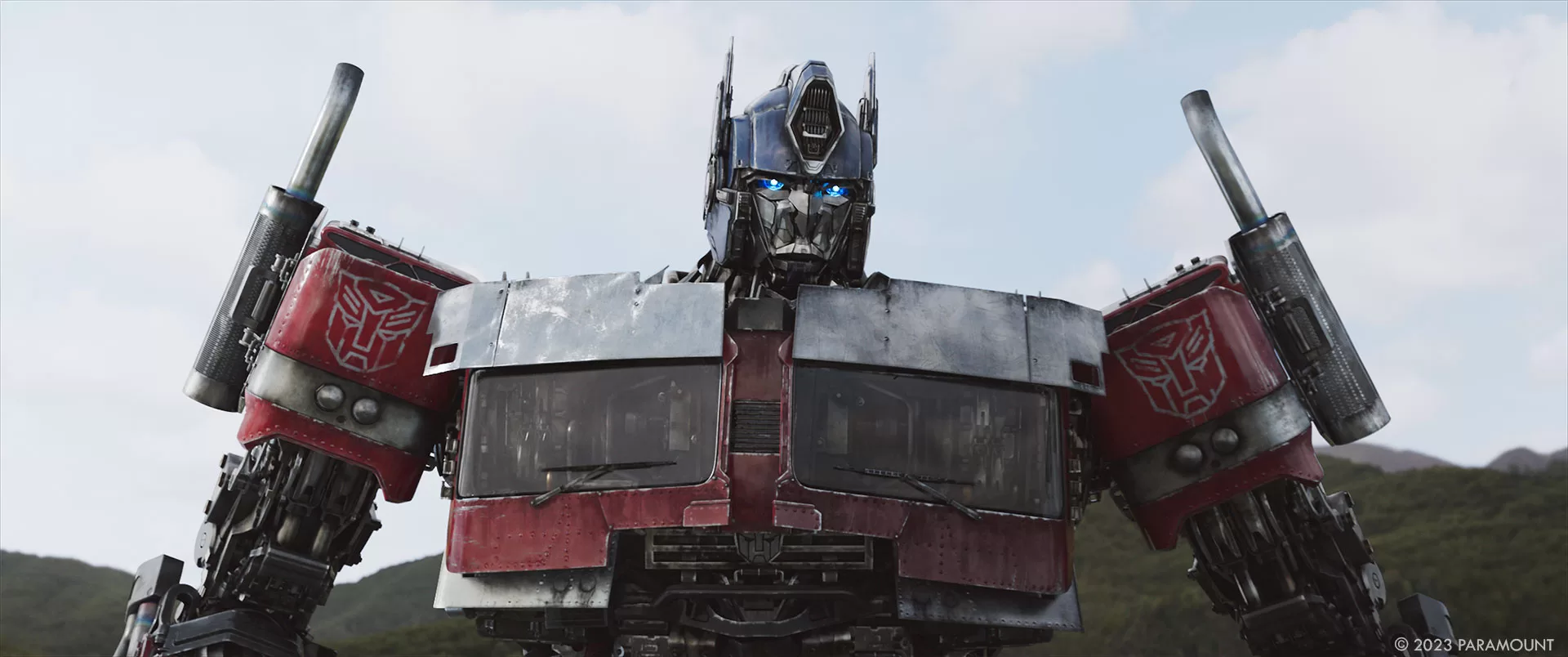
Can you tell us more about their rigging?
There was a real focus for us to allow for flexibility of parts to accommodate moving, shifting, scaling and cutting every piece of the robot to accomplish whatever the shot needed. This was discussed from the start. In addition we blocked most of the film with an initial Mocap pass to get the staging and character foundation in place. That meant that each rig had to have flexibility to both accommodate change and accept many layers of Mocap and heavy key framing on demand. There was almost never a request for an asset that I was told was unachievable so I have to take my hat off to the foresight of the Asset team at MPC for that achievement.
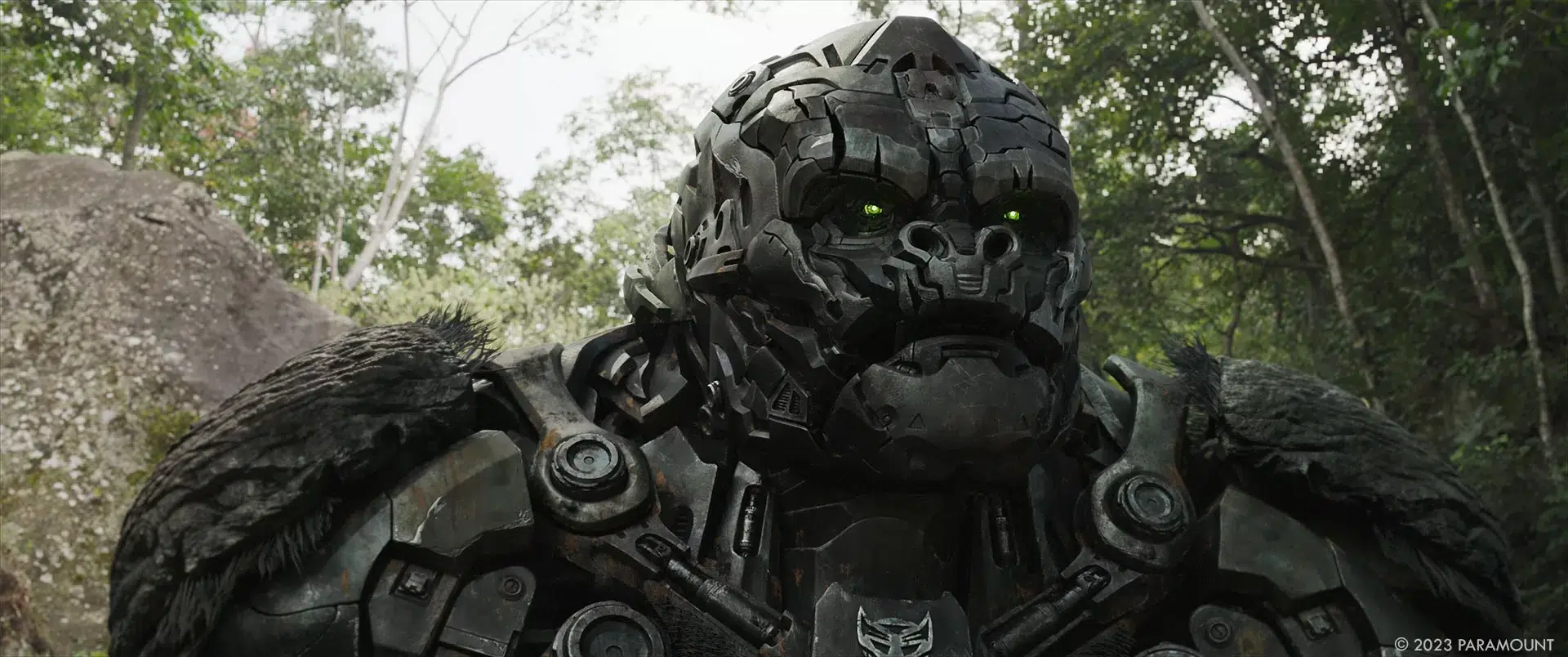
Did you use procedural tools for their various transformations?
The transformations were each a bespoke to camera keyframed approach unique to each shot. This was understood and acknowledged by myself and the director from the start. It was “precious baby” territory and was committed to in specific stages to avoid as much undoing as we could.
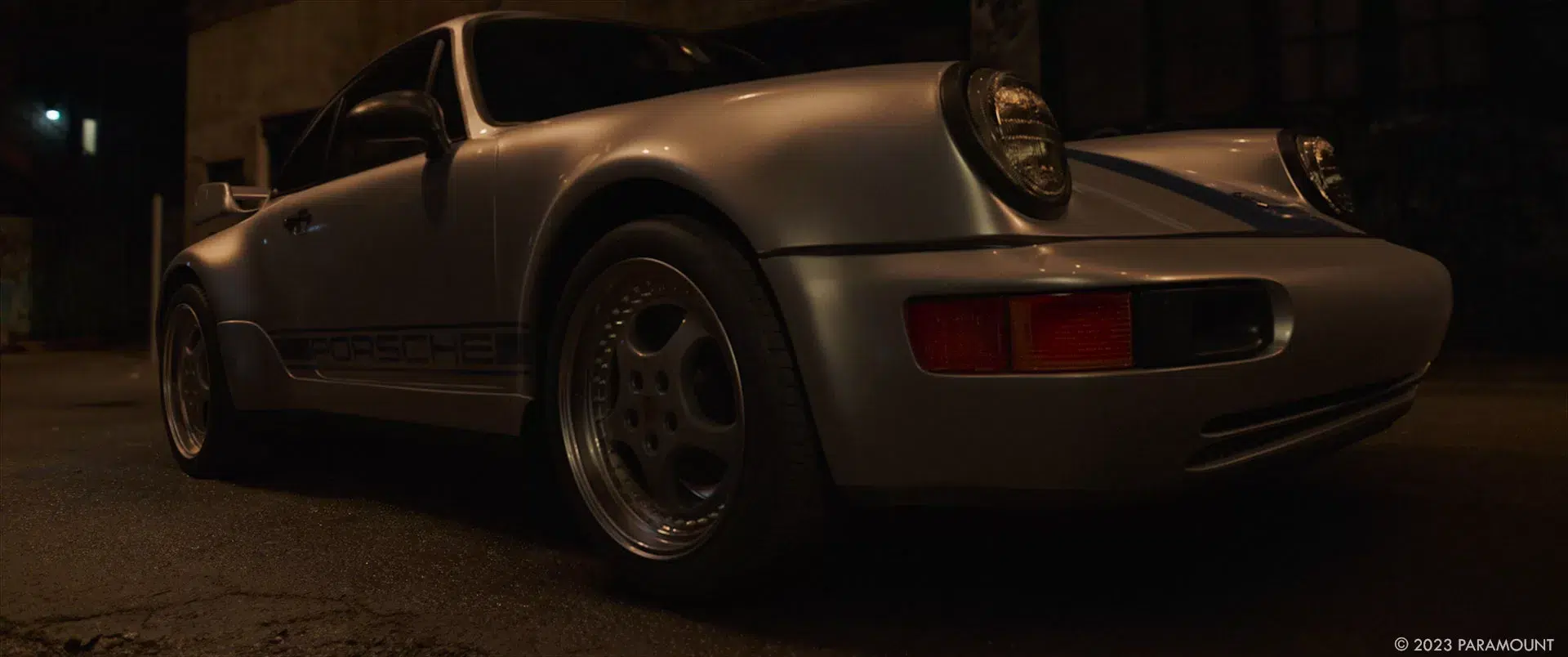
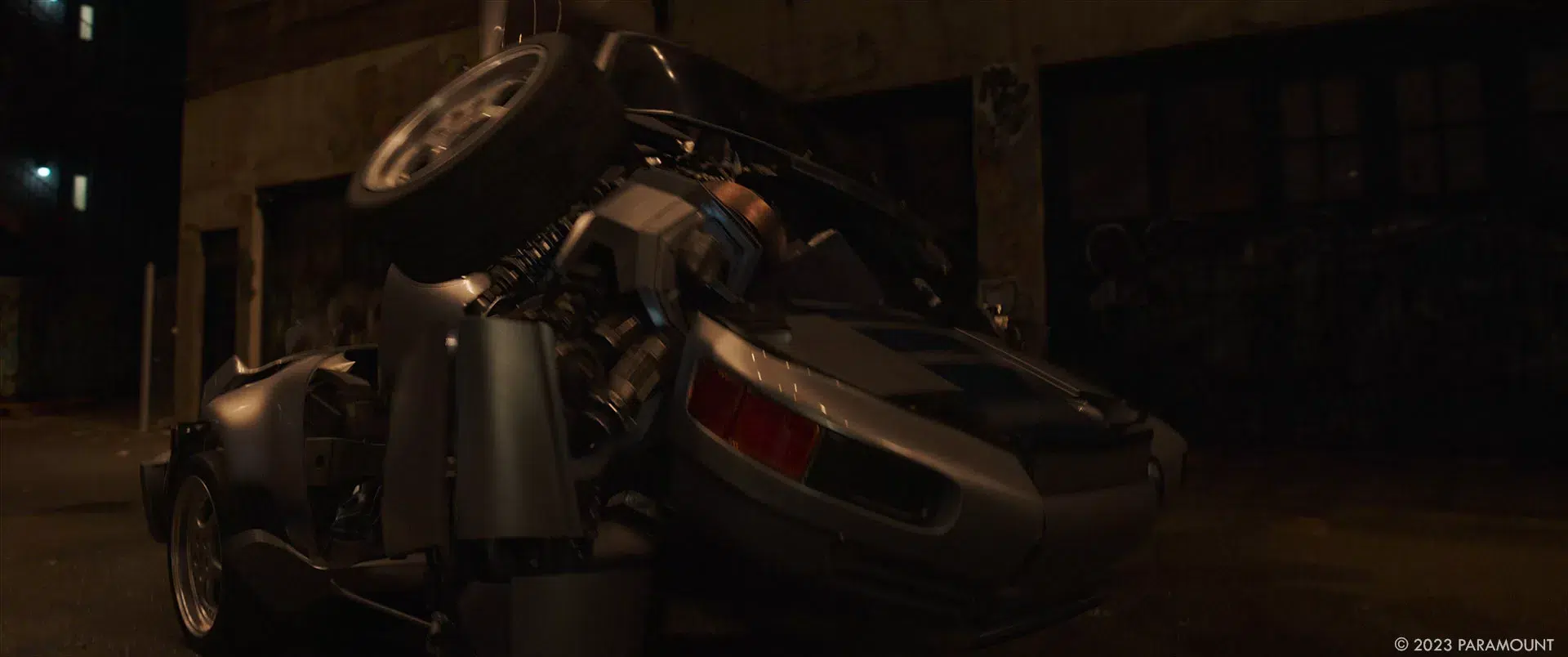
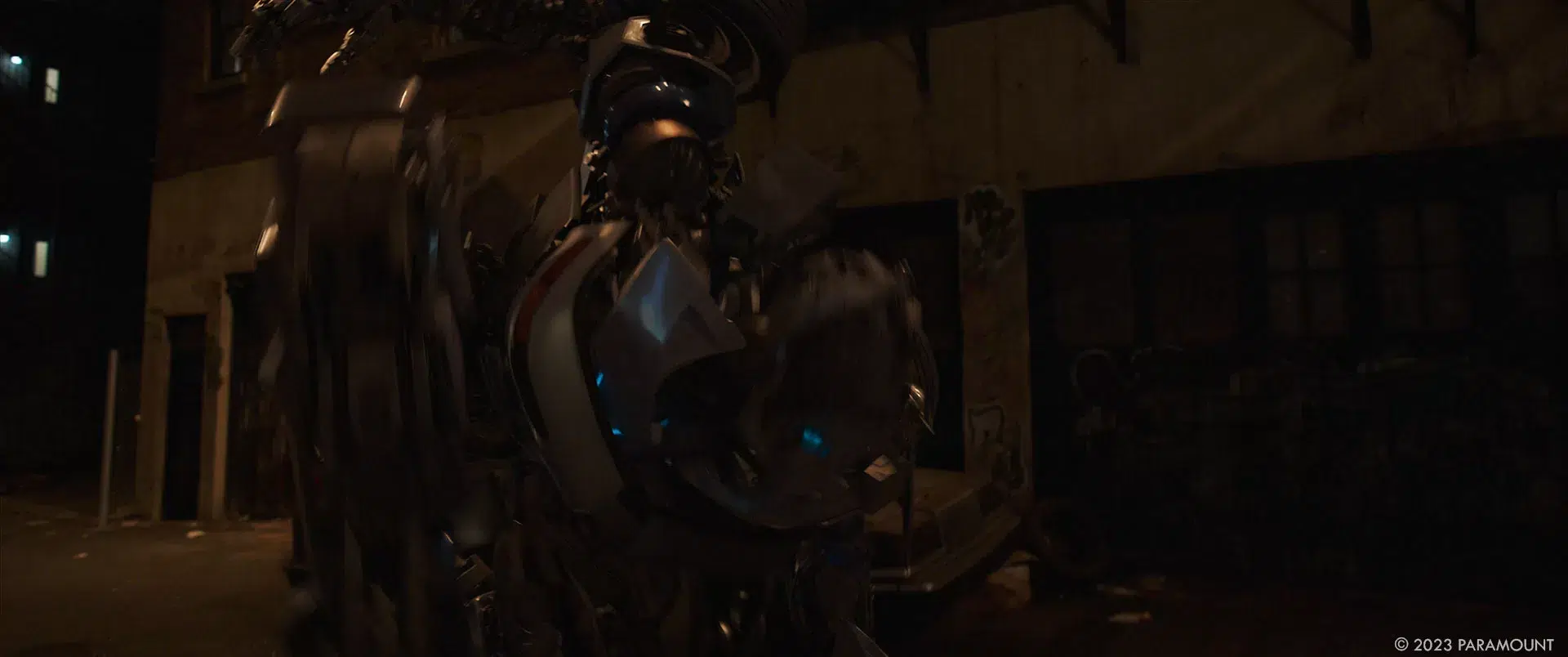
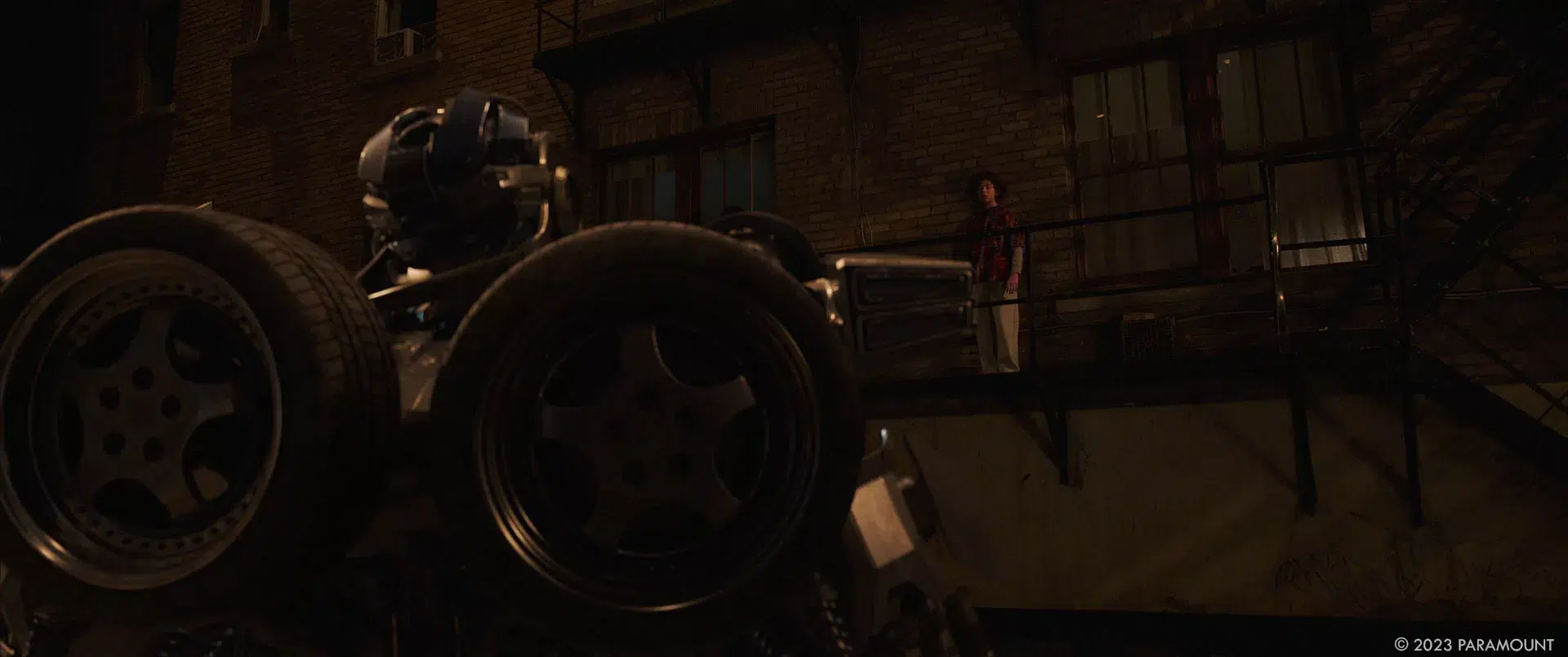
What kind of references and influences did you received for their animations?
As I mentioned we had a wealth of Mocap to start with and each performer was cast specifically for their strengths both in skills and size. So there was always a stage of Mocap overlays to look at to ensure the direction of the take was the best. This included “faux cap” witness cams we had for all of the cast doing their ADR sessions. In regards to animals there was always very specific references we would follow to try and keep the true to species and nature whenever possible. However- some of my favourite dailies on the show were made by the artists themselves. Each one would also perform the scene themselves and record it for a PIP stage. The combination of the very different artists, often working in their homes in their slippers acting out Autobot performances kept me going!
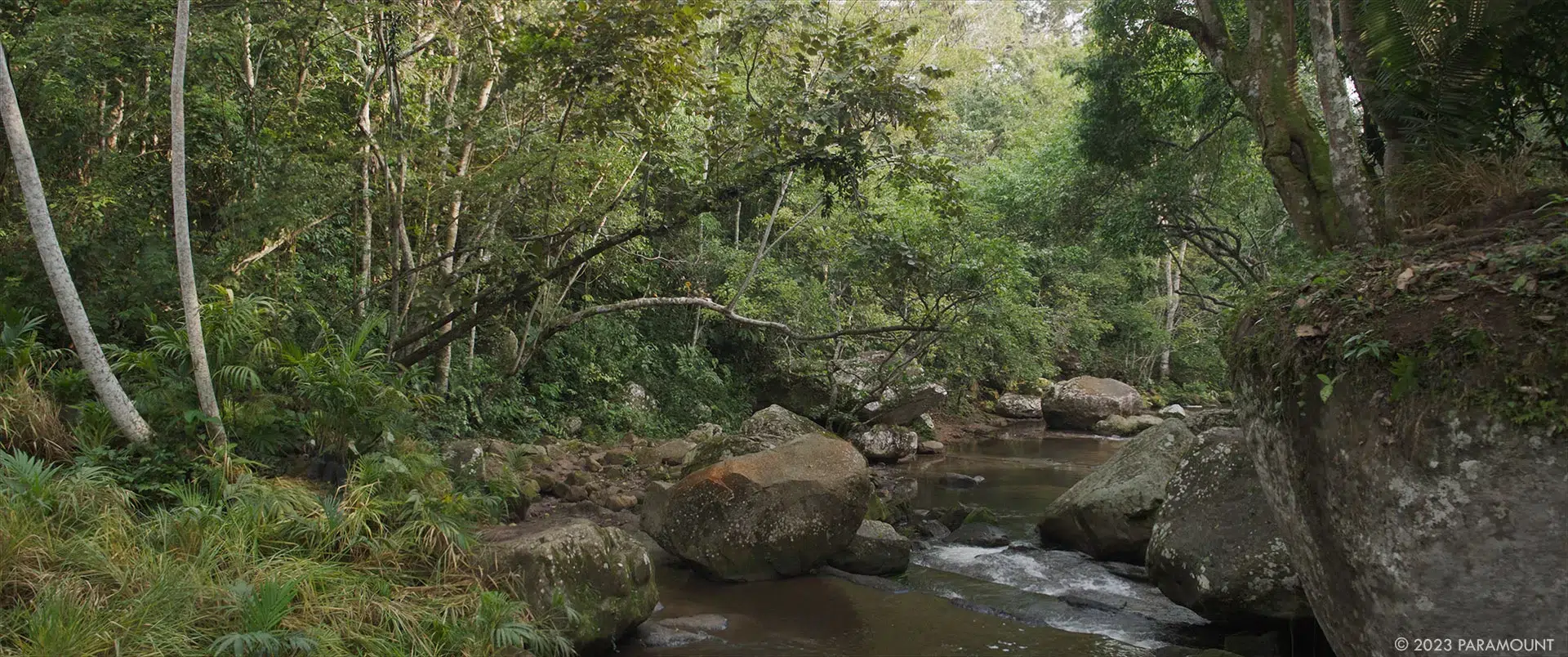
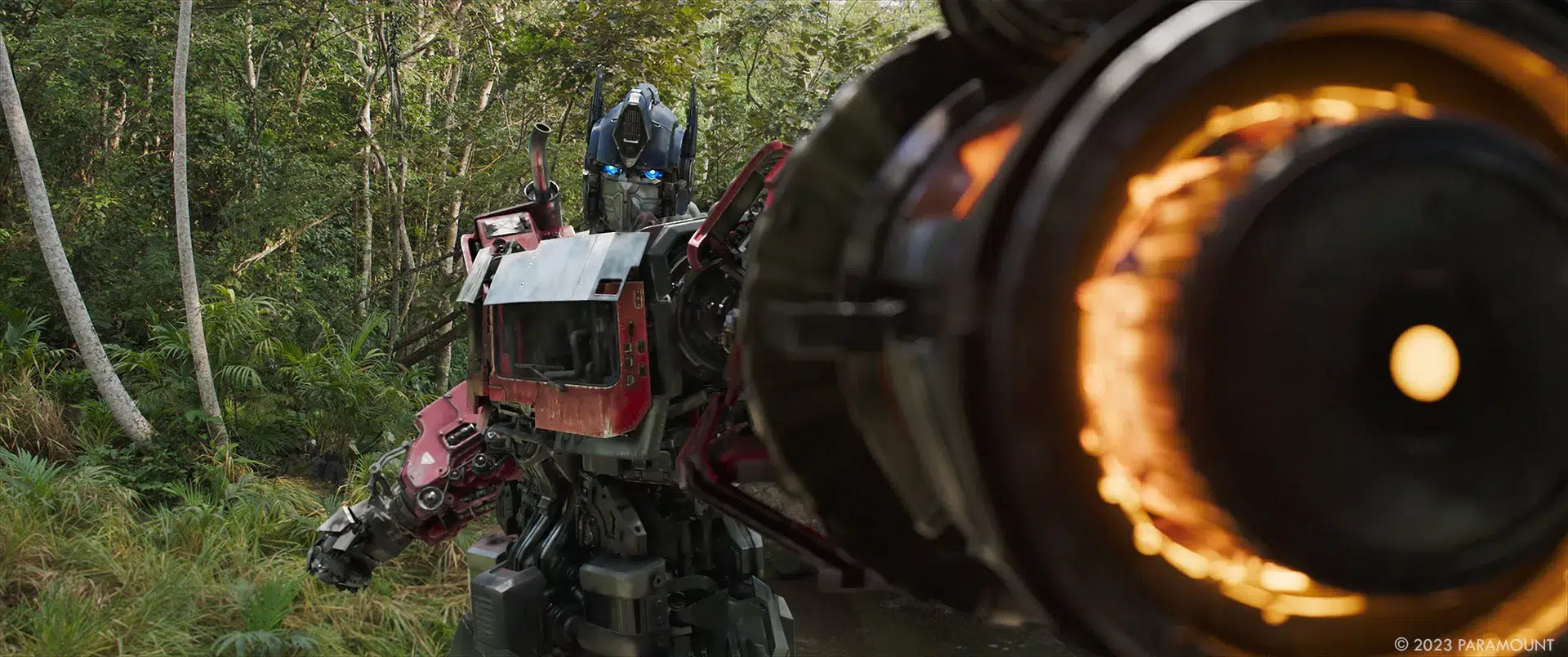
How did you give weight and strength during the animations?
Emile, Omar and Kevin are all very strong Animation Supervisors and each brought their own bag of tricks to the table. In simple terms speed of relative motion, overly emphasized compression and lag in the movement that relates to their individual sizes and design was always part of the discourse.
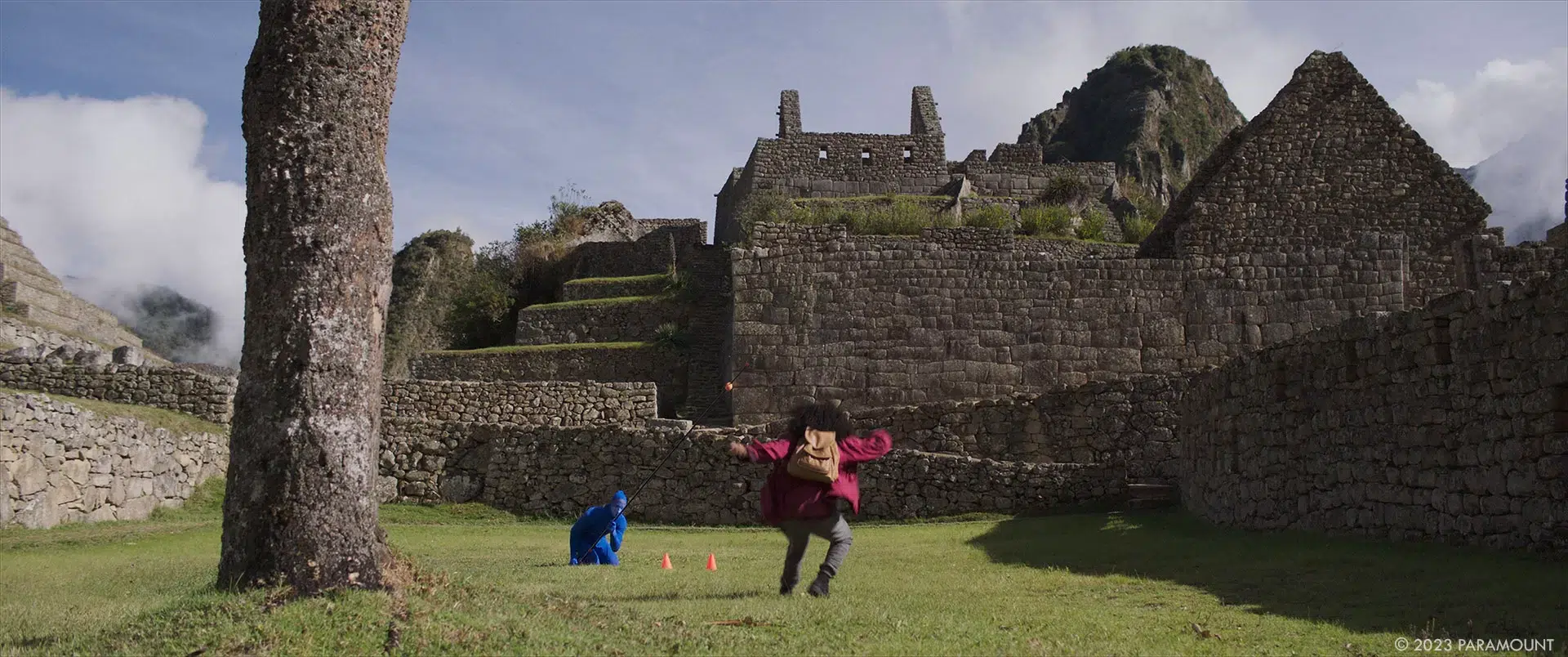
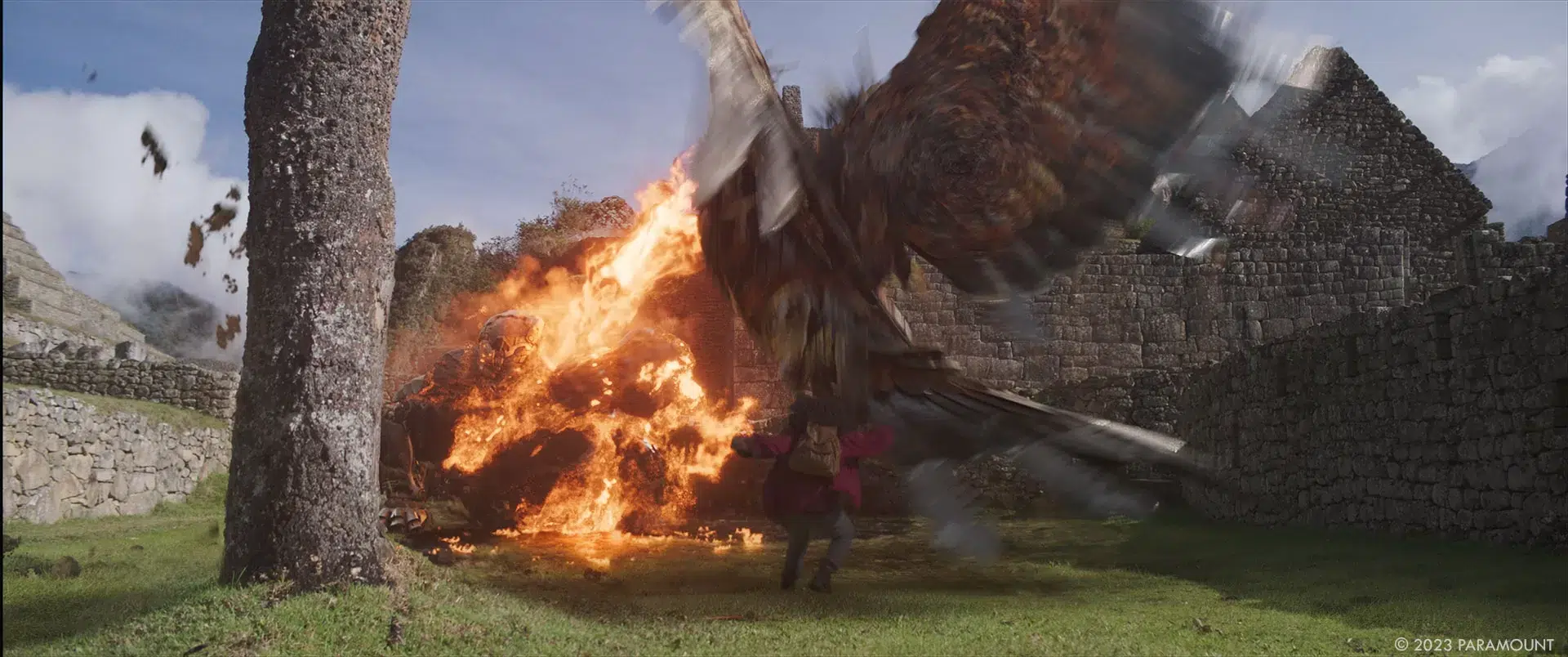
Which one was the most complicate to create and animate?
I would say Mirage as he had the most to carry on screen and was a new film franchise character that Steven was very involved in. It also made him the most fun. Especially when Pete Davidson stepped on board.
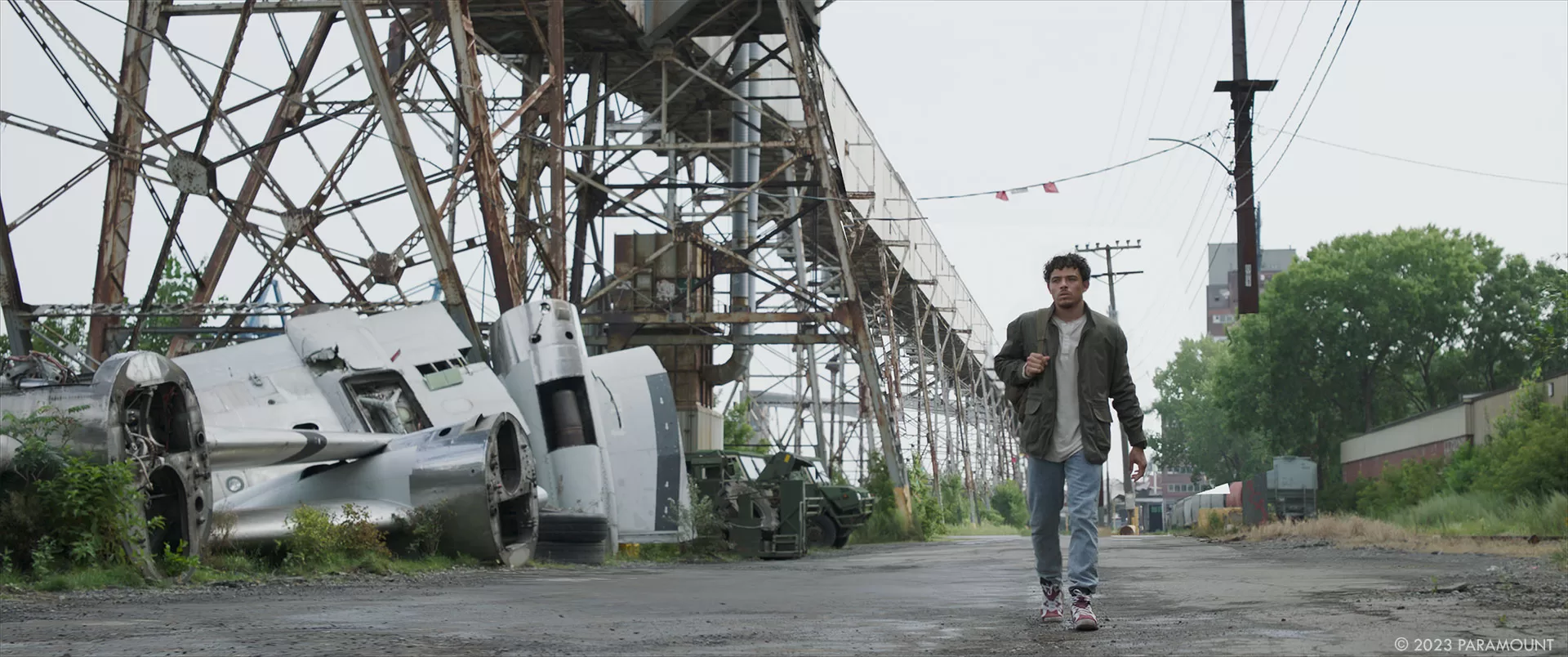
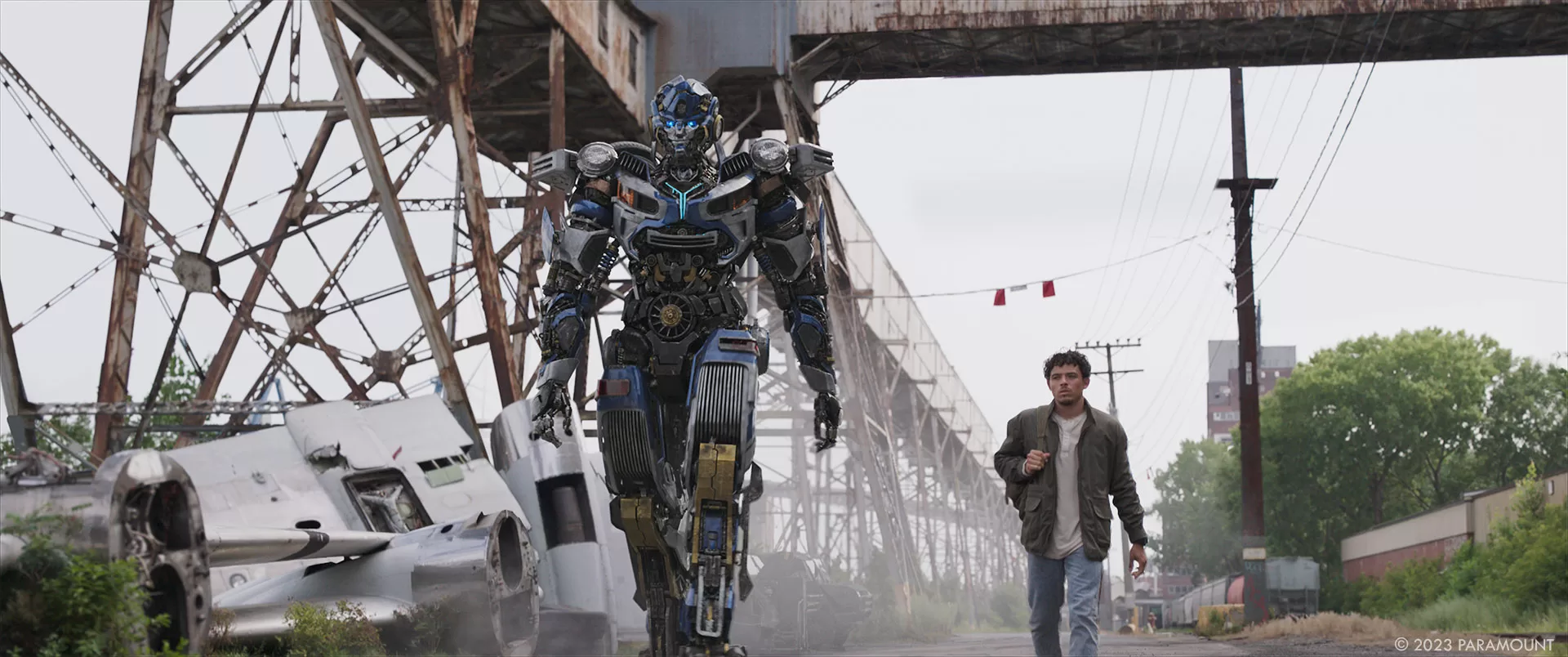
How did you handle the challenge of the size for Unicron?
Trial and error and tailored to each shot. Perception and story clarity trumps reality every time.
How does this impressive size affects your work?
It meant there was a lot of back and forth with myself and the editors as the action of something the size of our planet will ultimately require longer shots. That isn’t always going to work in a fast paced action scene and can create a real lull if not surgically used and cut. Again the challenge of this was a lot of fun and collaborative to resolve.
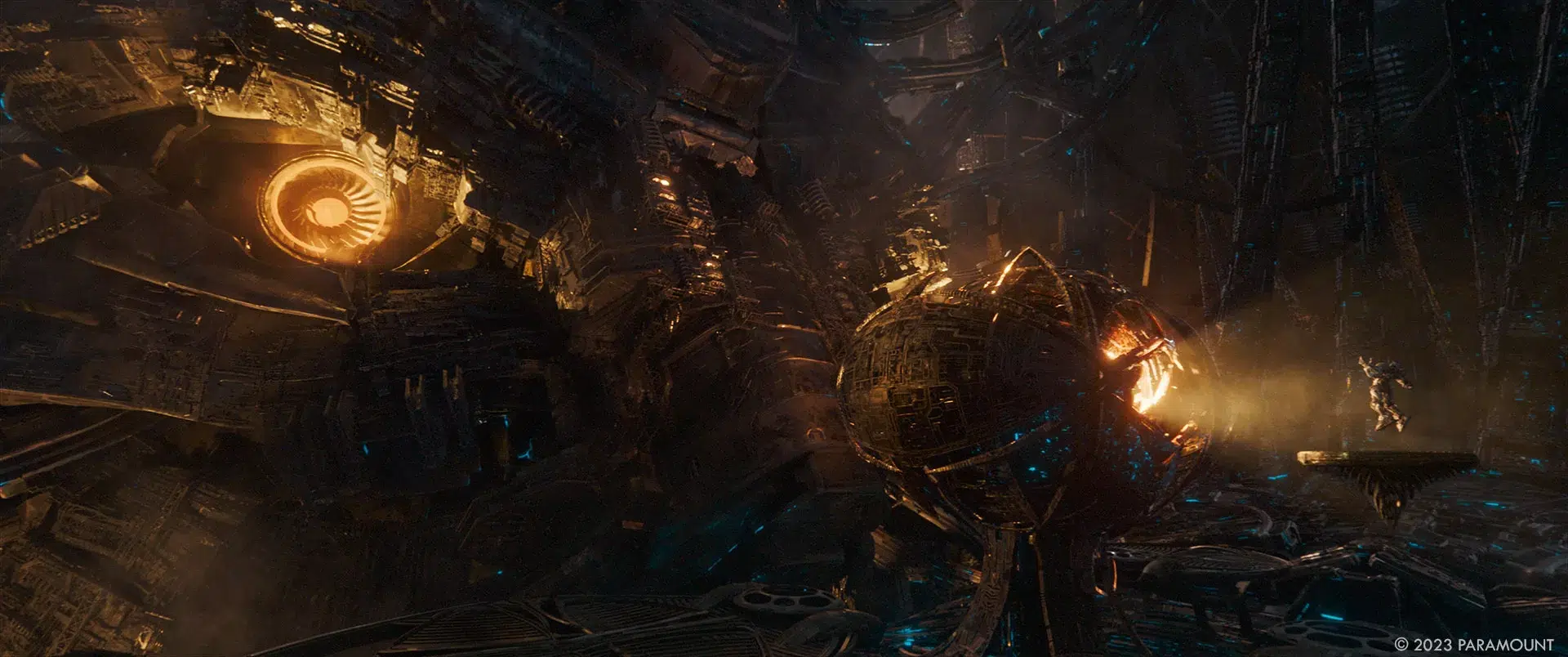
Tricky question, which one is your favorite?
Ouch! Well I love them all the same of course, BUT! Performance-Mirage as he was a fresh character for us all. Design-Battletrap as he’s so classically a Transformer look and Arcee for the flexibility she gave us as she bridged the scale between the larger group and the humans.
Which sequence or shot was the most challenging?
Thats actually harder than the last question. There were so many challenges to resolve big and small throughout that I don’t think I could nail that one down. Generally speaking getting the subtlety of acting performance that Steven needed with characters with limited facial and limb mobility was our biggest challenge.
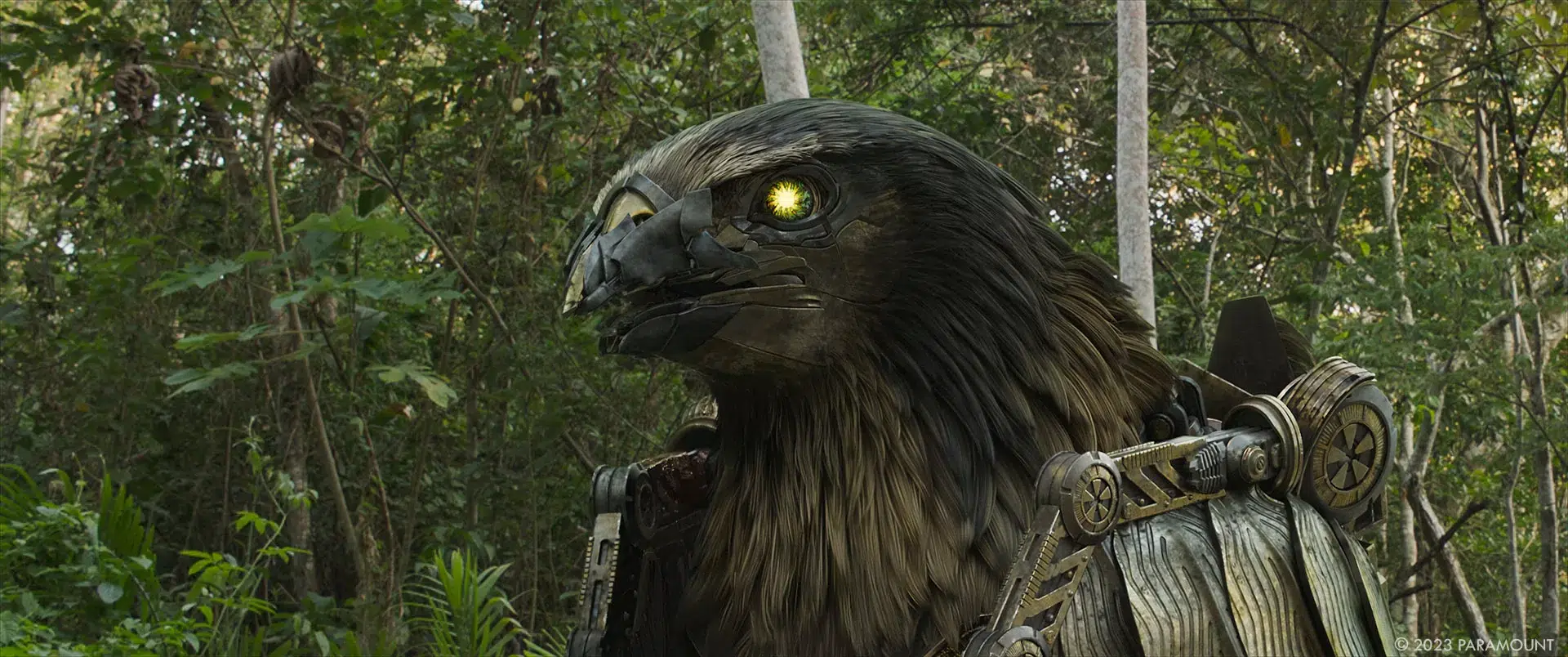
Is there something specific that gives you some really short nights?
Social media. This franchise has a rabid and fanatical fanbase and ultimately they are who we are making this for.
What is your favorite shot or sequence?
There are many but I am most happy when there’s subtle dialogue between the characters when it was created from essentially a plate or often nothing. It’s magic. There is also A LOT of invisible environment work in the film that no one would question. It’s always the backbone of the shots and is so satisfying when unnoticed.
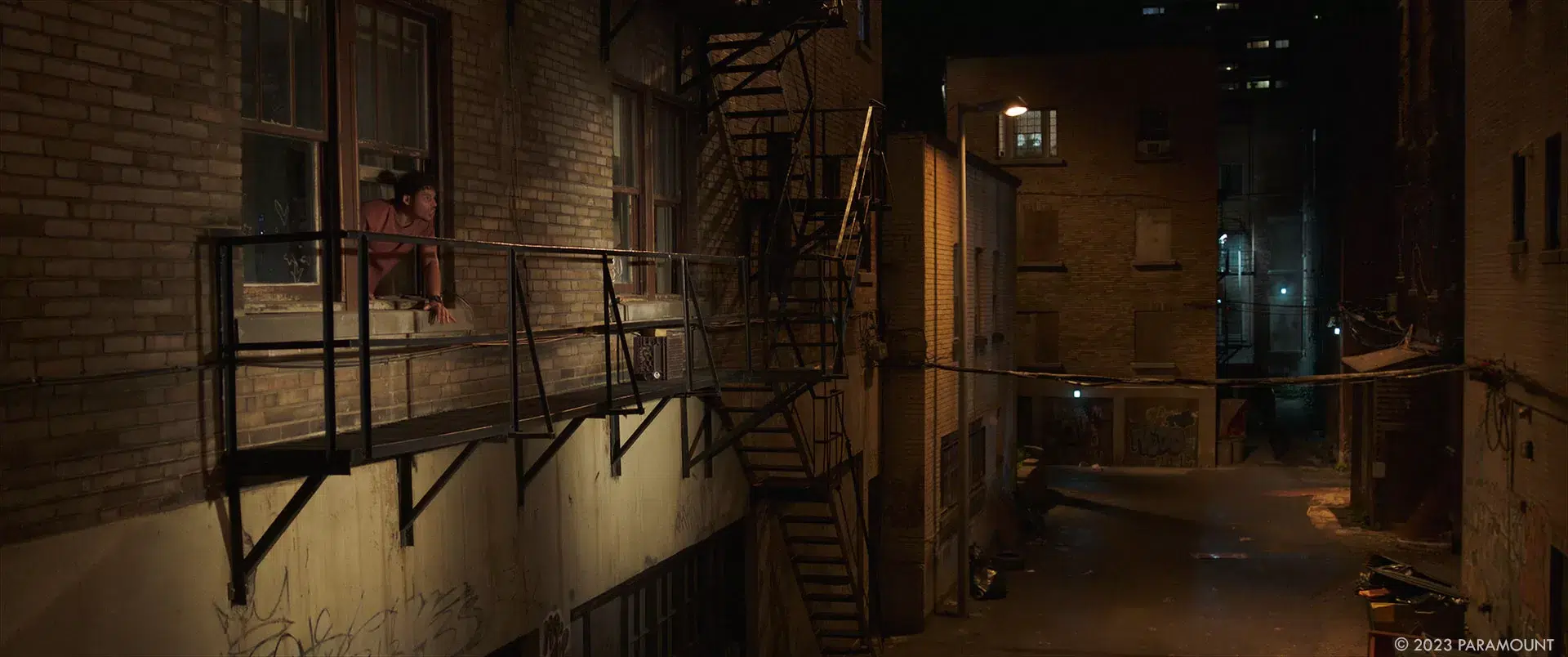
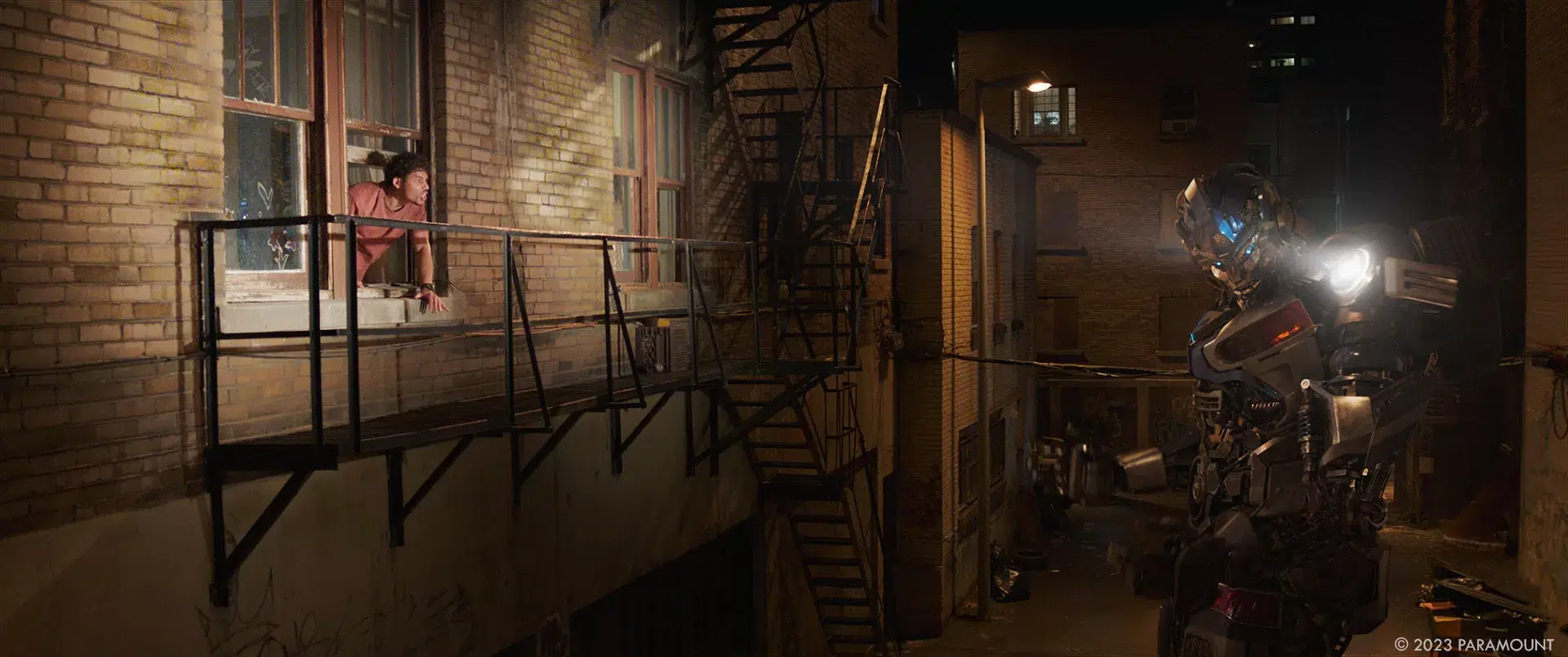
What is your best memory on this show?
A few moments in Peru (Machu Picchu and the Amazon specifically) when you get access to go where most people dream of or a corner of the earth that most of us don’t know exists. It’s a privilege of working in this industry that should never be taken for granted.
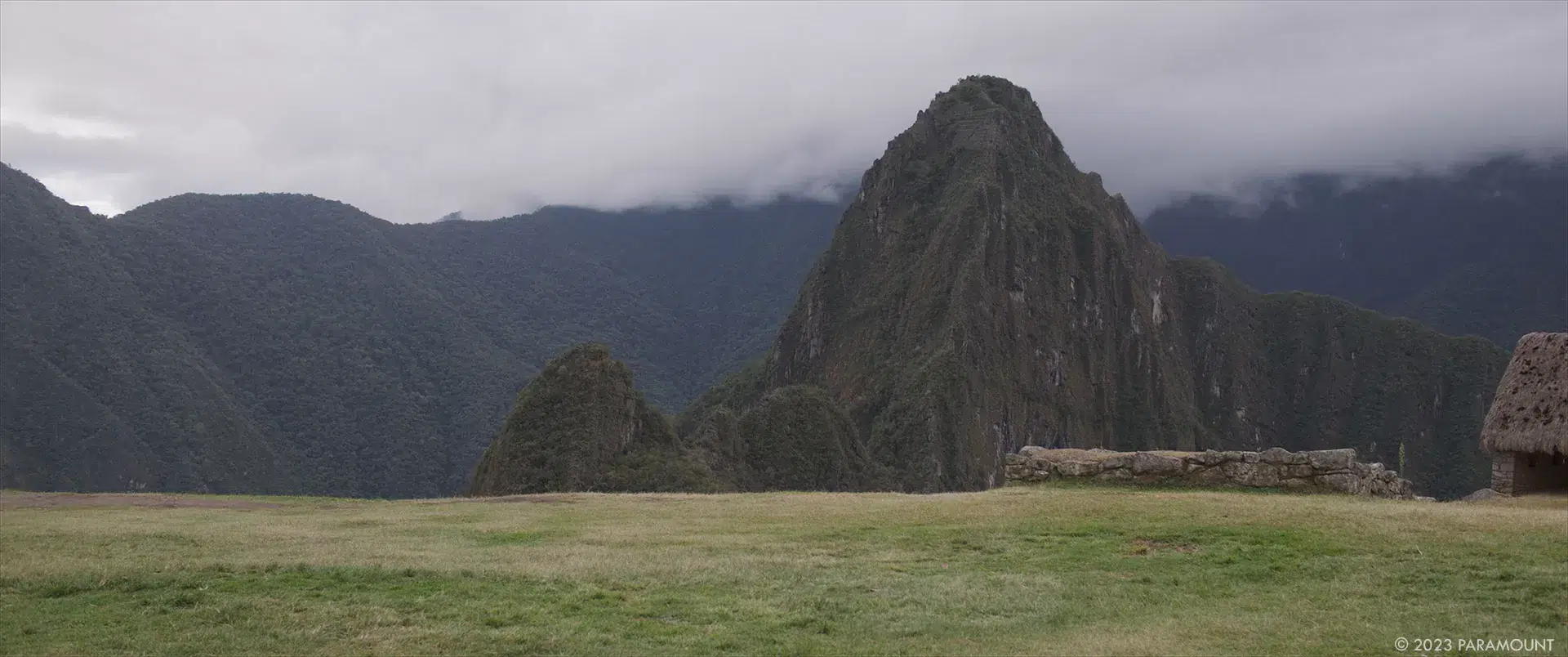
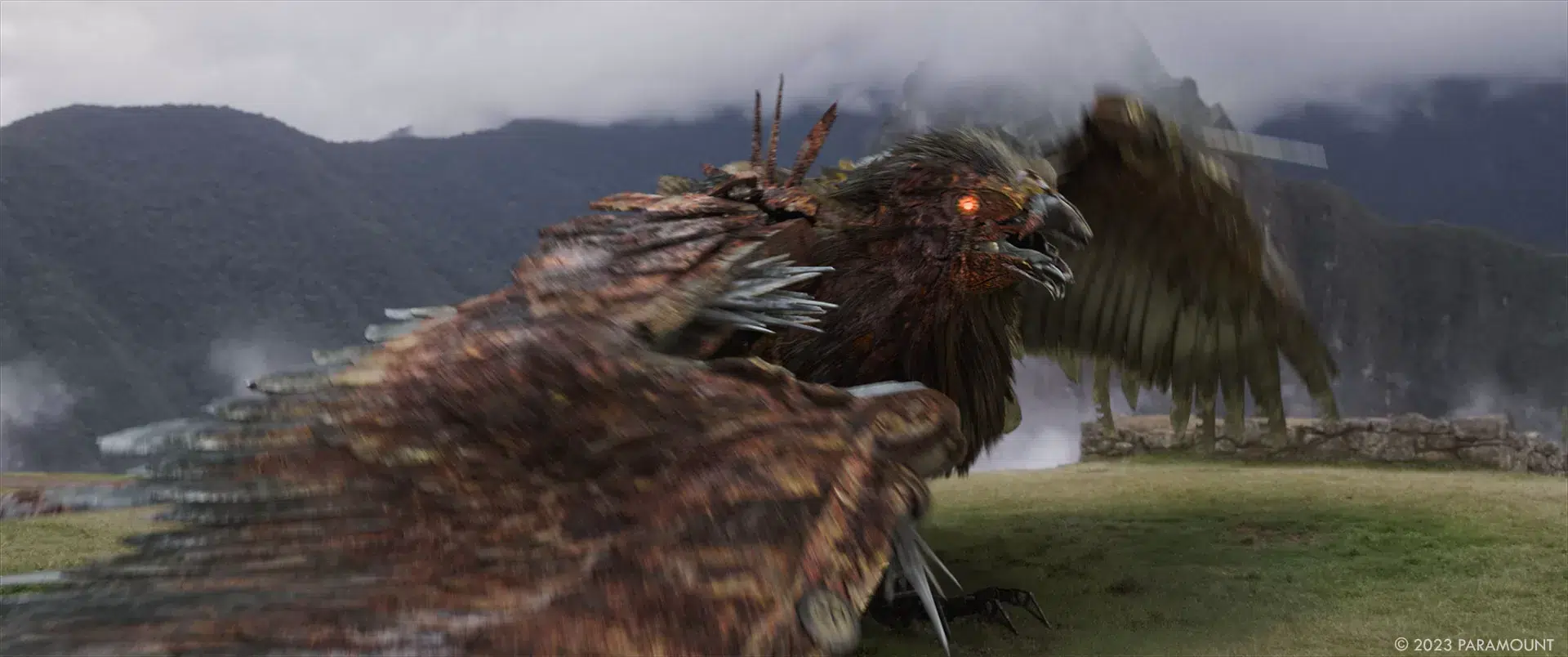
How long have you worked on this show?
Two years and change.
What’s the VFX shots count?
I think we settled around 1800 shots in the end.
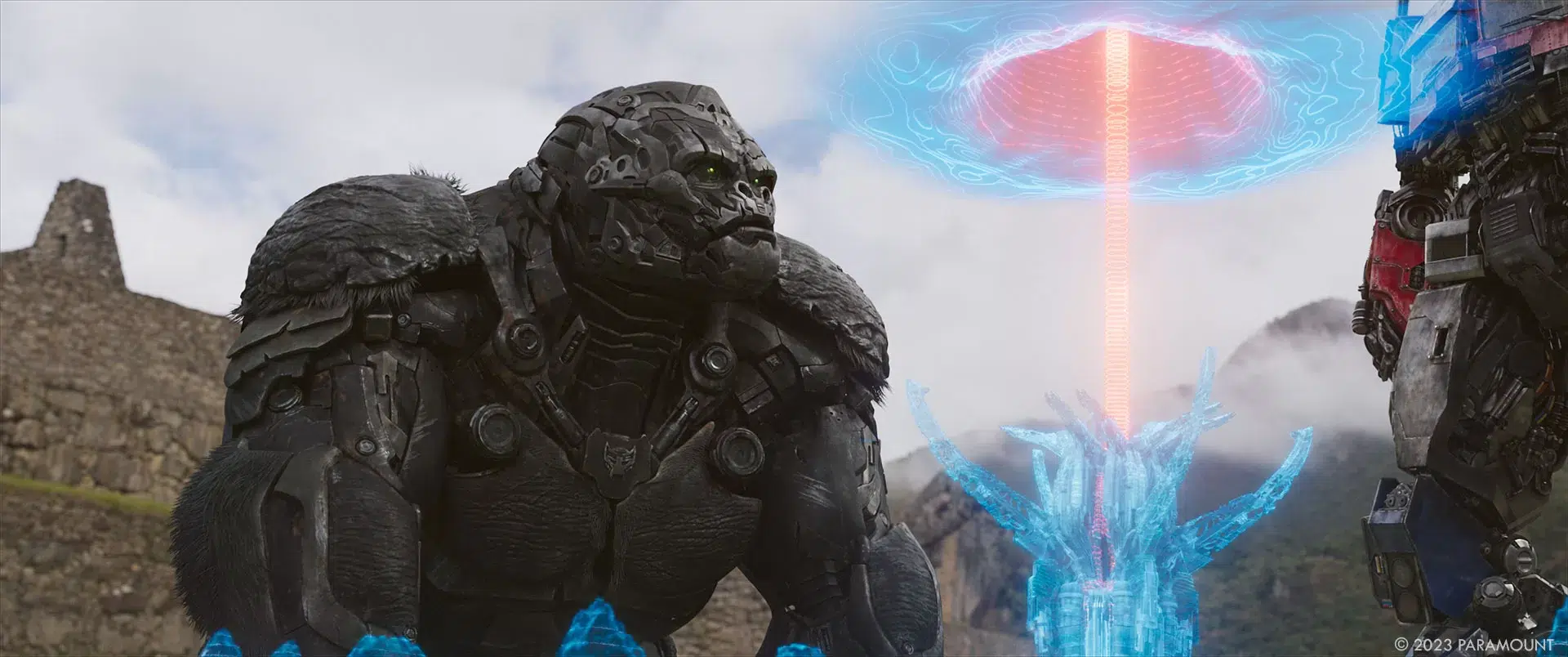
What is your next project?
Nothing lined up specifically right now but will let you know when that changes. I have a lot of DIY work to catch up on!
A big thanks for your time.
WANT TO KNOW MORE?
MPC: Dedicated page about Transformers: Rise of the Beasts on MPC website.
© Vincent Frei – The Art of VFX – 2023




